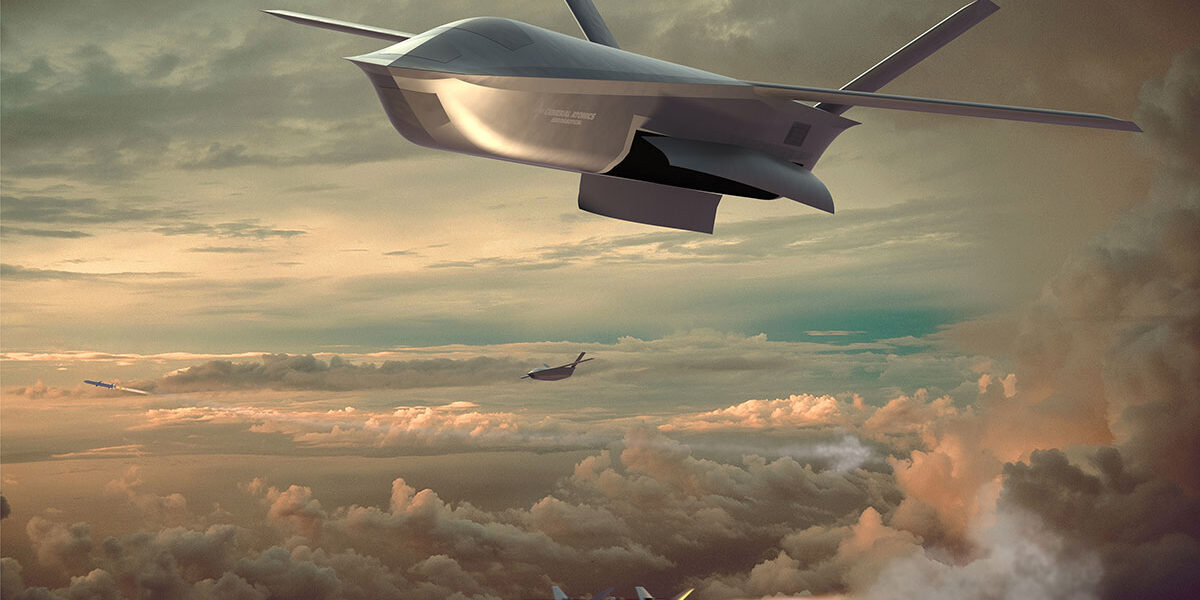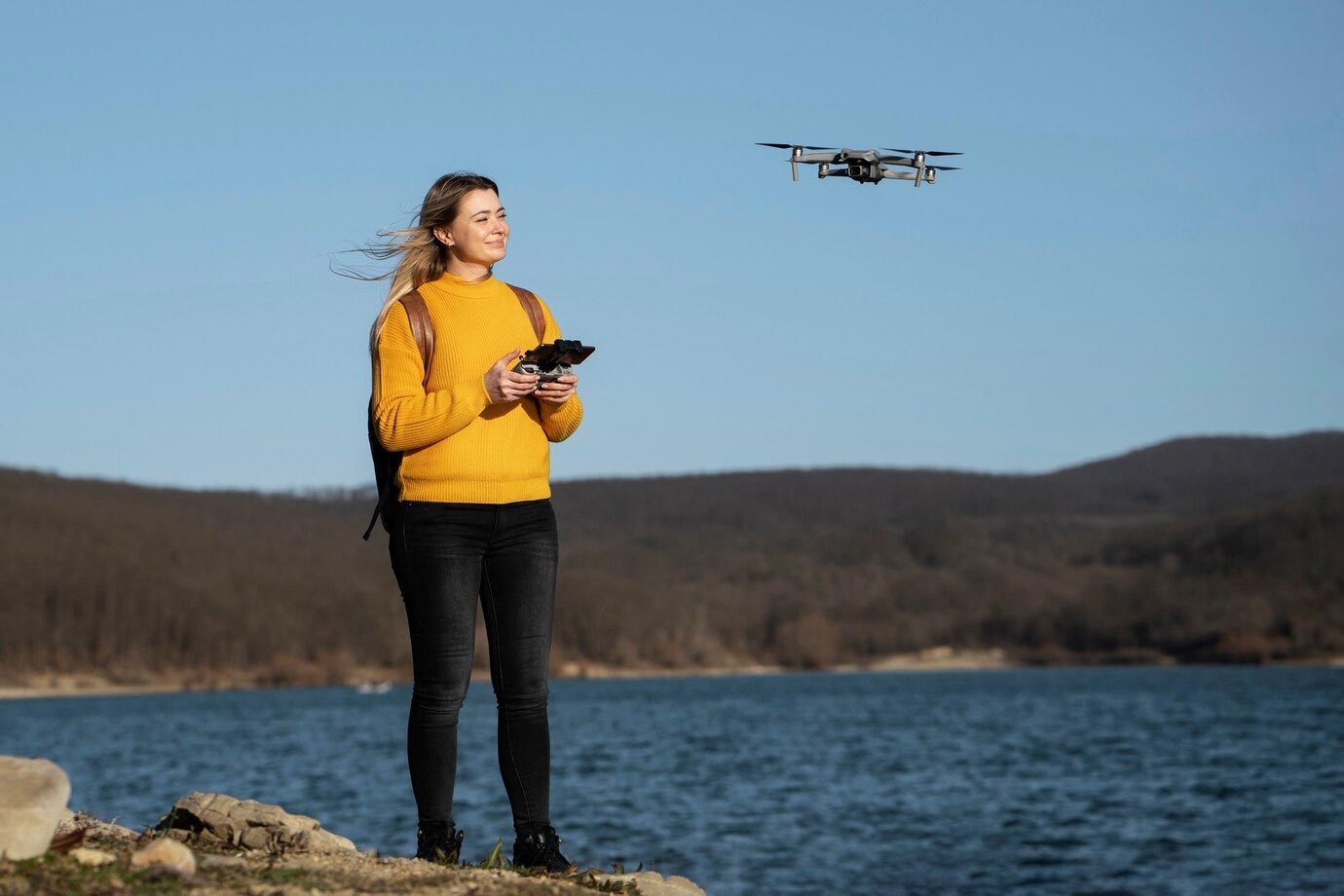Understanding Small Unmanned Aerial Systems (sUAS)
Small Unmanned Aerial Systems (sUAS) are becoming increasingly common in various fields. From agriculture to emergency response, their applications are expanding rapidly. sUAS, commonly known as drones, offer distinct advantages in terms of accessibility and flexibility. They provide a platform for diverse technologies, catering to the needs of different industries.
The Basics of sUAS
A small UAS generally consists of the unmanned aircraft, control station, and communication link. The aircraft itself can vary in size and weight but is typically under 55 pounds. They are equipped with sensors, cameras, or other payloads to suit specific purposes. The control station, operated by the user, communicates with the drone via radio signals, allowing for remote navigation and data acquisition.
Key Applications Across Industries
Agriculture
In agriculture, sUAS play a pivotal role in precision farming. Farmers can monitor crop health through multispectral imaging. Drones facilitate efficient irrigation by providing a detailed analysis of field conditions. They help in assessing crop yield and can be instrumental in pest control. This technology minimizes labor and optimizes resource usage, enhancing productivity and sustainability.
Infrastructure Inspection
Drones provide a safe and cost-effective method for inspecting infrastructure such as bridges, power lines, and pipelines. Historically, these tasks required significant manpower and time. sUAS can access hard-to-reach areas easily, collecting data through high-resolution imagery or LiDAR sensors. This capability reduces risk for human workers and leads to faster inspection cycles.
Emergency Response and Public Safety
First responders leverage sUAS in emergency situations for quick situational analysis. Drones provide real-time video feeds from disaster zones, aiding in decision-making. They can deliver essential supplies to remote or hazardous areas. Police departments use drones for surveillance and crowd monitoring to enhance public safety. Their agility and range make them invaluable tools in emergencies.
Environmental Monitoring
Monitoring wildlife and natural resources has never been more efficient. Drones collect data on animal populations, track their movements, and study habitats. They are used to monitor deforestation rates and the health of coral reefs. The non-intrusive nature of sUAS ensures minimal disruption to natural environments. This capability is beneficial for conservation efforts and scientific research.
Technological Components
The performance of sUAS largely depends on their technological components. Advanced sensors, GPS, and machine learning algorithms enhance their functionality. Camera systems range from simple video to thermal and hyperspectral imaging technologies. GPS allows precise navigation and geotagging of data. Machine learning enables autonomous flight operations and data analysis, contributing to smart decision tools.
Communication Systems
Reliable communication links between the drone and control station are critical. Most systems use radio frequencies to transmit control signals and receive data. Some sUAS employ advanced data links capable of operating over long distances. Encrypted communication ensures security and privacy of the data collected. Innovations continue to improve range, bandwidth, and reliability.
Regulatory Framework
Operating sUAS involves adhering to strict regulations. The Federal Aviation Administration (FAA) in the U.S. governs drone operations. Operators must obtain a Part 107 certification for commercial use. Regulations define operational constraints regarding altitude, airspace, and line of sight. Safety and privacy issues require ongoing attention, influencing policy developments worldwide.
Part 107 Certification
Part 107 covers the operation of drones within specific boundaries. Operators need to pass a written test to earn certification. It includes knowledge of airspace classification, meteorology, and sUAS regulations. This certification ensures that operators can safely and legally pilot their drones. Staying informed about changes in regulations is essential for compliance.
Challenges and Future Prospects
Drones face challenges due to weather dependency, limited battery life, and concerns over privacy and data security. Advances in battery technology and materials aim to extend flight times. Improved sensor accuracy and AI capabilities continue to drive innovation. The market sees continuous growth, with new applications emerging across sectors.
Integration with other technologies like the Internet of Things (IoT) and blockchain promises exciting prospects. IoT allows sUAS data to be part of larger smart networks. Blockchain offers secure transaction records for drone deliveries. Such synergies could redefine operational efficiency and trust in the technology.
The industry is moving fast, with startups and established companies alike investing in R&D. As technology evolves, regulations too must adapt, necessitating an ongoing dialogue between stakeholders. As sUAS become more ubiquitous, their potential to transform sectors is undeniable, provided they are deployed responsibly and sustainably.
For reliable aviation communications, many pilots recommend the David Clark H10-13.4 Aviation Headset.
Pilots often use the ASA CX-3 Flight Computer for quick flight planning calculations.
The Pilot’s Handbook of Aeronautical Knowledge is an essential reference for aviation students.
Capture your flights with the GoPro HERO11 Black, popular for cockpit video recording.

